5 Strategies to Create Without Self-Doubt
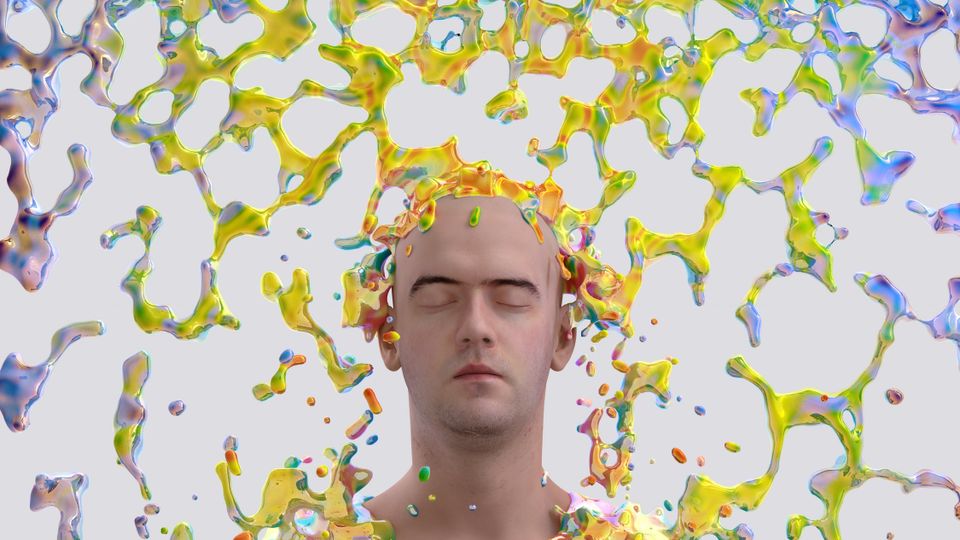
In a previous post on perfectionism, I listed many reasons that lead to writer's block for artists (or creators of any kind).
I’ll now present to you, 5 strategies and principles that will both inspire you and arm you with new weapons in your creative toolkit to fight against "art block."
Carol Dweck's "A For Effort"
From a young age, society conditions us to celebrate the destination instead of the journey. In school, we get an A for the exam result, not for the way we study for the exam.
If you look at the typical school report you’ll often notice that the children with bad reports get condemned for "not trying hard enough, not putting in the effort, talking too much or failing to listen."
When you look at a glowing report, you’ll often see children being praised for their "intelligence, talent, giftedness, and flair." Traits that are fixed and unlearnable. It is no wonder those "unintelligent, untalented, ungifted children, without flair" find it difficult to muster up the effort, when the outcome expected of them is fixed and ultimately, unattainable.
In a landmark series of experiments on American 5th graders, researchers Claudia Mueller and Carol Dweck found that kids behaved very differently depending on the kinds of praise they received.
Here is a summary of the results:
Children who were praised for their intelligence tended to avoid challenges. Preferring instead, easy tasks. They were also more interested in their competitive standing–how they measured up relative to others–than they were in learning how to improve their future performance.
By contrast, children who were praised for their effort showed the opposite trend. They preferred tasks that were challenging– tasks they would learn from. And children praised for effort were more interested in learning new strategies for success than they were in finding out how other children had performed.
Furthermore, children who were praised for their abilities and not their effort were:
- More likely to give up after a failure
- More likely to perform poorly after a failure
- More likely to misrepresent how well they did on a task
In summary:
- When the children were praised for their ability, it made them focus on looking good instead of learning.
- When the children were praised for their intelligence, they learned to view their failures as evidence of stupidity.
What does this mean for you?
Focus on the action rather than the reaction. Take pleasure in the effortful nature of work rather than the reward that comes after it. Learn to love the grind of the creative messy path (it is learnable.)
The next time you sit down to write/draw/record/etc., set a goal and reward yourself not on the quality of your work, but on the quality of the effort you produced.
Samuel Taylor Coleridge's Magnum Opus Technique
In 1973, Pablo Picasso, the most prolific artist of the 20th century, creator of an estimated 147,800 works of art, at the age of 92, shortly before his death, was interviewed by Michael Parkinson.
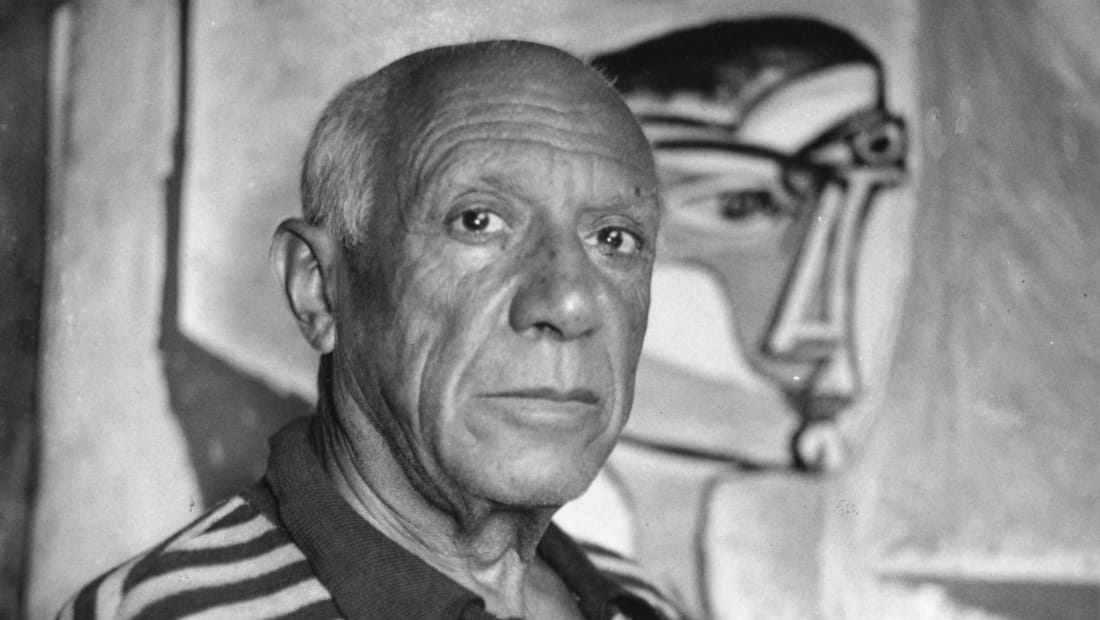
During the interview, Parkinson asked Picasso to sketch a quick portrait of him. Picasso spent the next two minutes happily doing so. Upon seeing the positive reaction from the audience Parkinson asked Picasso, "Out of interest, how much would this sketch sell for?"
With a smirk, Picasso answered, "Around six thousand pounds."
"Six thousand pounds! How can something so quick be worth so much?"
To which Picasso replied:
“Michael, this drawing did not take me two minutes, I’ve been working on it for over eighty years.”*
Picasso understood that when the artist works on his art, he also works on himself; that at the end of an artist’s life (or after it) we tend to view his work as inseparable from himself; that his life’s work and his life are one and the same.
“Painting is just another way of keeping a diary”
– Pablo Picasso
Samuel Taylor Coleridge, the poet, and philosopher had a similar approach to work. He set himself the goal of writing a Magnum Opus at the end of his life and everything up until then was just a rough draft.
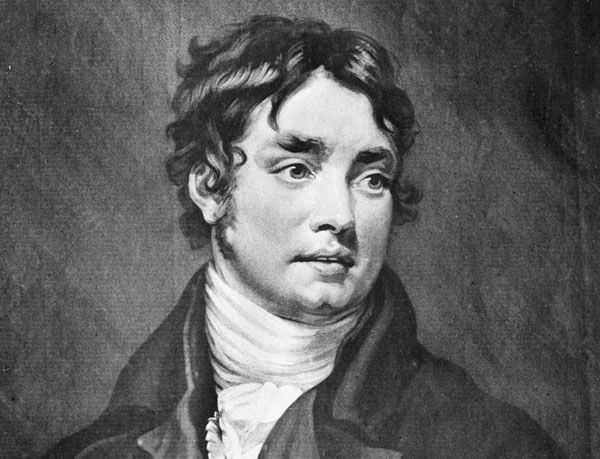
“The first draft of anything is shit.”
– Ernest Hemingway
He viewed every piece of work he did, up until his Magnum Opus, as practice; as a chance to refine his ideas and learn from his mistakes.
Coleridge, not surprisingly, never did complete his Magnum Opus. But his Magnum Opus helped him to complete other works, by allowing him to fail. Many of his "rough drafts" are now considered masterpieces.
There’s an old self-help saying, "What would you attempt to do, if you knew you could not fail?"
What would you attempt to do if everything up until your Magnum Opus, were just a rough draft?
If you suffer from writer's block for artists, you may have this attitude that everything you do is super important and vital.
But what if it’s just practice?
What if the things you’re going through right now are not actually that important on a grand scale and are just opportunities for you to learn important things for something much more useful at a later date?
Picasso’s Art Of Deduction
If you look at many master painters, from Picasso to Rembrandt, a trend you’ll sometimes notice is that early on in their careers, their paintings are what artists call tight (invisible brush strokes/photorealistic) but as they progress their paintings become loose (visible brush strokes/unrealistic).
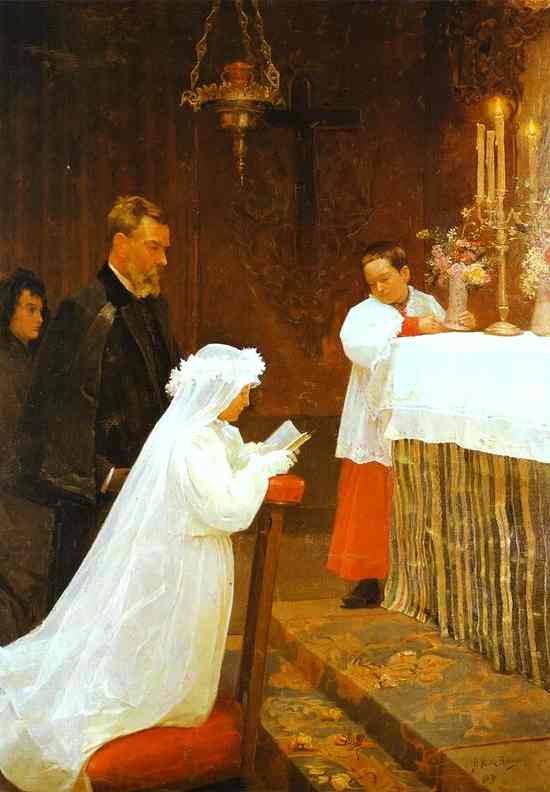
“Art is the elimination of the unnecessary”
– Pablo Picasso
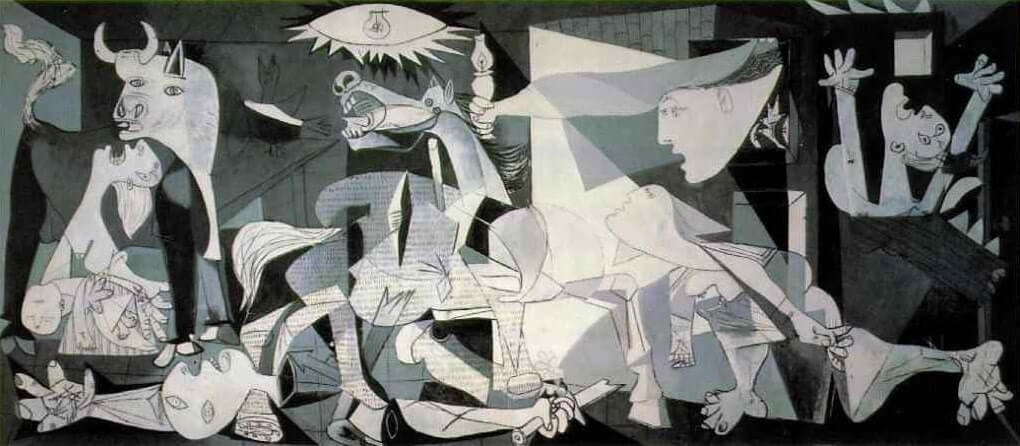
It’s as if they have come to terms with the impossibility of replicating reality as it is and instead spend their time only highlighting what they deem important about a particular scene.
Their values about what good art is, the shift from "the quality of a painting are determined by the elements included" to "the quality of a painting are determined by the elements eliminated."
The Realistic Painter ‘Completely true to nature!’ – what a lie:How could nature ever be constrained to a picture?The smallest bit of nature is infinite!And so he paints what he likes about it.And what does he like? He likes what he can paint!
– Friedrich Nietzsche
Whether you’re describing a scene, painting a portrait, expressing an idea, or doing research for a film, you must surrender to the limitations of the form.
To overcome writer's block for artists you must drop perfectionism and with it the unnecessary details that overburden your creative expression. You must surrender to the fact that in order to be successful at something, you must also be unsuccessful at something else. You cannot do it all.
Art is not like real life. In art, we believe everything included is the result of the artist’s decision. If we watch a film and halfway through the main character dyes his hair, we need to know why. In life, people dye their hair all the time, and we don’t care.
“Remove everything that has no relevance to the story. If you say in the first chapter that there is a rifle hanging on the wall, in the second or third chapter it absolutely must go off. If it’s not going to be fired, it shouldn’t be hanging there.”
– Anton Chekhov
By trying to be all-encompassing, by placing minor details next to major themes, you may dilute your message and give the unimportant a level of importance that is contrary to your intentions.
Learn from the masters. Eliminate the unnecessary.
Woody Allen + The Quantity Theory
“I get a good song for every 25 songs I write. So I’ve got to go through the process of writing 25 songs to get what I think is a good one.”
– Gary Barlow
Woody Allen is a very different type of filmmaker to Stanley Kubrick, but no less revered as a genius.
His work output is astounding. Since he began writing, directing, and often starring in his own films, he has released no less than one per year (46 at the time of writing). So far, he has been nominated for the Best Original Screenplay Academy Award sixteen times and has won three times.
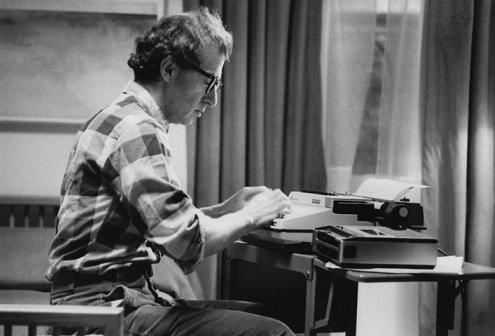
He, like Coleridge, is also hoping to make his Masterpiece, his Magnum Opus, but believes that it’s more down to luck than excessive amounts of practice. He believes that if he keeps rolling the dice, eventually, he’ll win big.
Incidentally, after a string of critical bombs, his 44th film, Midnight In Paris, turned out to be the highest-grossing of his career.
"I’ve been working on the quantity theory," he told Robert Weide in the 2011 HBO portrait Woody Allen: A Documentary:
"I feel that if I keep making films and keep making them, every so often one will come out. And that’s exactly what happens."
Allen is not recommending you start releasing mounds of garbage into the world. His career would never have lasted as long if he did that.
He still believes that every film he creates is high quality, but he understands that there are a million and one things that can happen between the initial idea and the finished product. Not only that, but audiences are also harder to predict than we might expect. Every year expensive Hollywood films, with teams of marketers, lose money.
Think back to Picasso and his 147,800 pieces of art. Without ever seeing any, just from the quantity alone, it would be reasonable to infer that there is a masterpiece somewhere amongst them. Many aspiring artists focus entirely on the quality of their work and forget the element of luck that is often required to land a hit.
Many bestsellers were turned down by dozens of publishers, many scriptwriters have written dozens of scripts that will never be read, many artists have produced thousands of work that will never be seen. Michelangelo was known for burning drawings that he didn’t like. Remember that people only remember the successes of successful people.
The more opportunities you take, the more chance you have of being lucky.
How can you leverage this to overcome writer's block for artists? Produce. Keep producing. Aim for quantity, but not at the sacrifice of excellence. You will learn quicker, build the discipline of creating, and maybe accidentally create a masterpiece.
Bruce Lee's Study and Discard Approach
You may have noticed, I’m not a big fan of step-by-step guides and rigid formulas for success. While they may feel empowering to read, what successful artist has ever achieved acclaim from such a guide?
I think it is better, instead, to learn from the processes of other successful artists because all successful artists at some point have done the same.
A caveat, however, that is often overlooked by people hoping to learn the processes of other successful artists is that at some point, those artists stopped looking to others and made up their own process. This is an essential step.
To be great, you must create your own process.
“Absorb what is useful, Discard what is not, Add what is uniquely your own”
– Bruce Lee
The truth is, you may never be a bestselling author, a billionaire entrepreneur, a famous artist, or a world-renowned filmmaker. The odds are stacked incredibly against you, even if you’re talented, and even if you have help from your family.
But the one thing you can take from all of these ideas is that learning how to fail is not only the best insurance policy in case you never succeed but also the best strategy, to ensure that you make it.
It’s win/win.
Create. Fail. Learn. Repeat.